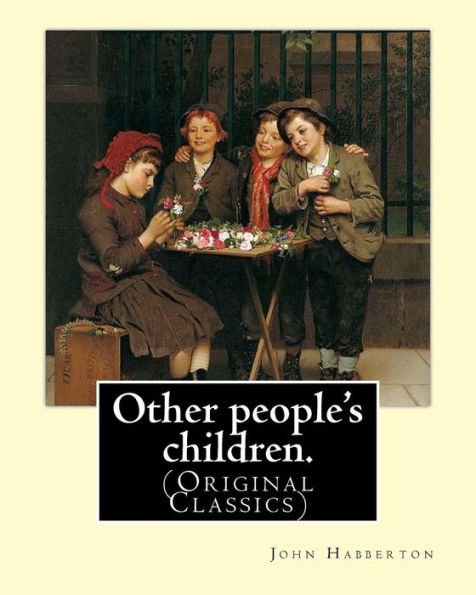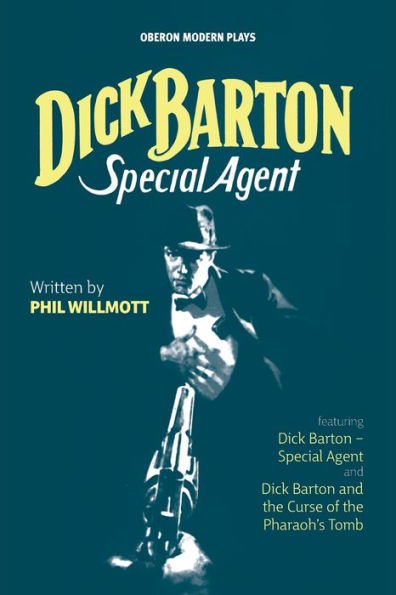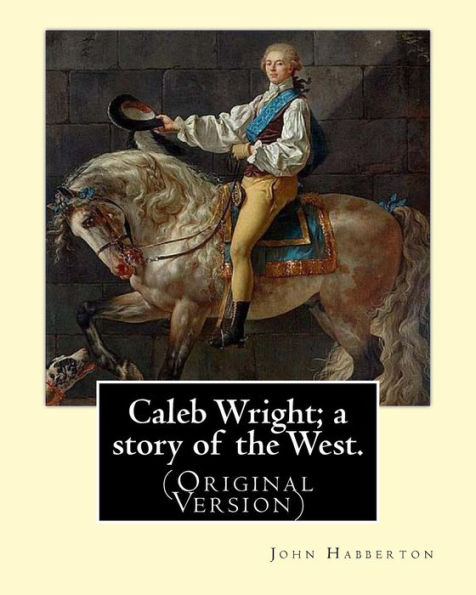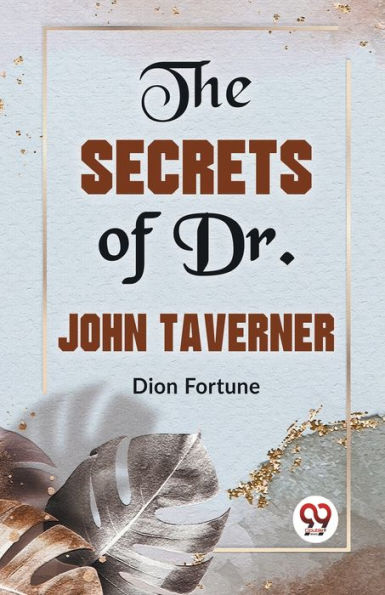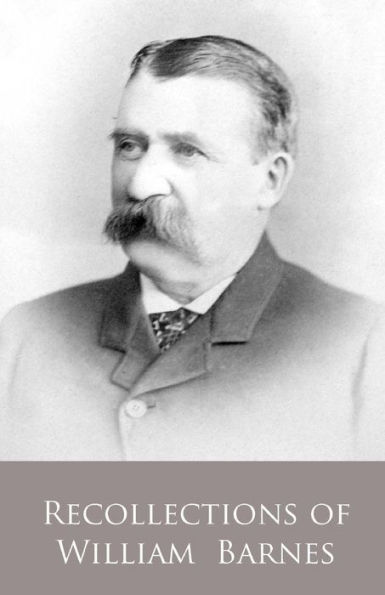Home
The Barton experiment. By: John Habberton: (Original Classics) John Habberton (1842-1921) was an American author.
Loading Inventory...
Barnes and Noble
The Barton experiment. By: John Habberton: (Original Classics) John Habberton (1842-1921) was an American author.
Current price: $7.70
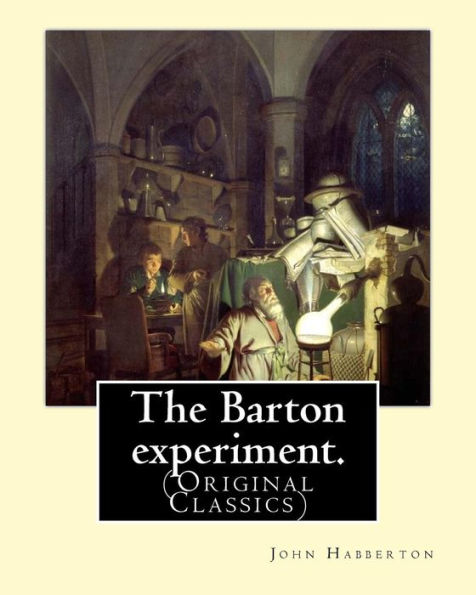

Barnes and Noble
The Barton experiment. By: John Habberton: (Original Classics) John Habberton (1842-1921) was an American author.
Current price: $7.70
Loading Inventory...
Size: OS
*Product Information may vary - to confirm product availability, pricing, and additional information please contact Barnes and Noble
John Habberton (1842-1921) was an American author. He spent nearly twenty years as the literary and drama critic for the New York Herald, but he is best known for his stories about early California life, many of which were collected in his 1880 book Romance of California Life: Illustrated by Pacific Slope Stories, Thrilling, Pathetic and Humorous (New York: Baker, Pratt & Co., 1880). Habberton also wrote Helen's Babies, published in 1876 by Loring Publisher, Boston; and in the early 20th Century by George Routledge and Sons, London. In most of these copies, Habberton is not listed as the author. The novel is subtitled: "Helen's Babies with some account of their ways...innocent, crafty, angelic, impish, witching and repulsive by THEIR LATEST VICTIM." The book was one of the Ruby Books series for boys and girls. Habberton is acknowledged as the author of the book in an advertisement within the 1903 edition of Andersen's Fairy Tales published by Routledge. Habberton is acknowledged, also, in an inexpensive cardboard-back edition of "Helen's Babies" published by (and copyrighted by!) Whitman Publishing Company of Racine, Wisconsin in 1934. That edition is copiously illustrated by Pauline Adams. Helen's Babies was intended as just a piece of humour and aimed at an adult audience. But the hilarious novel almost instantly became a major juvenile literature success, highly estimated by the youngsters as well as authorities like Rudyard Kipling. It became a classic ranking on par with "Tom Sawyer", "Wind in the Willows", "Winnie-the Pooh" and the like. Popularity dwindled a bit after WW-II (although George Orwell mentions it very favourably in his 1946 essay on early American literature, Riding Down from Bangor), but started rising again in the 1980s. Translated into numerous foreign languages, it secured Habberton's modest share of immortality in literature. Curiously, as being one of the first pieces of an author, so insecure about his abilities, that he omitted his author name resp. wrote under pseudonym for many years. Habberton was also known under the pseudonym "Smelfungus." (Source: Initials and Pseudonyms: A Dictionary of Literary Disguises by Cushing, William).
